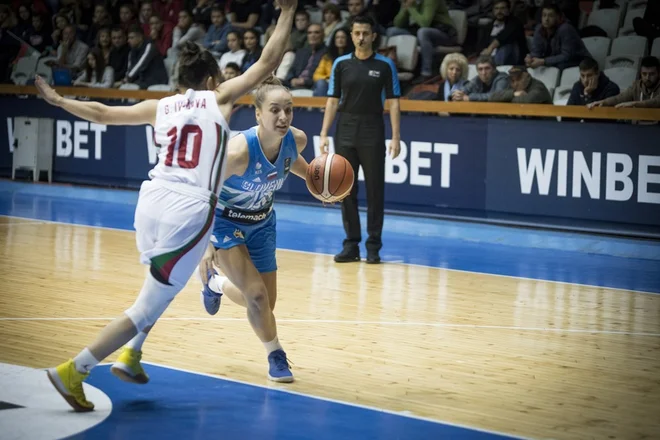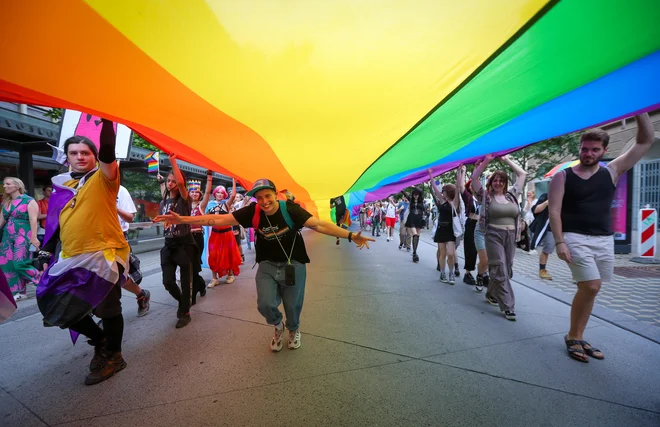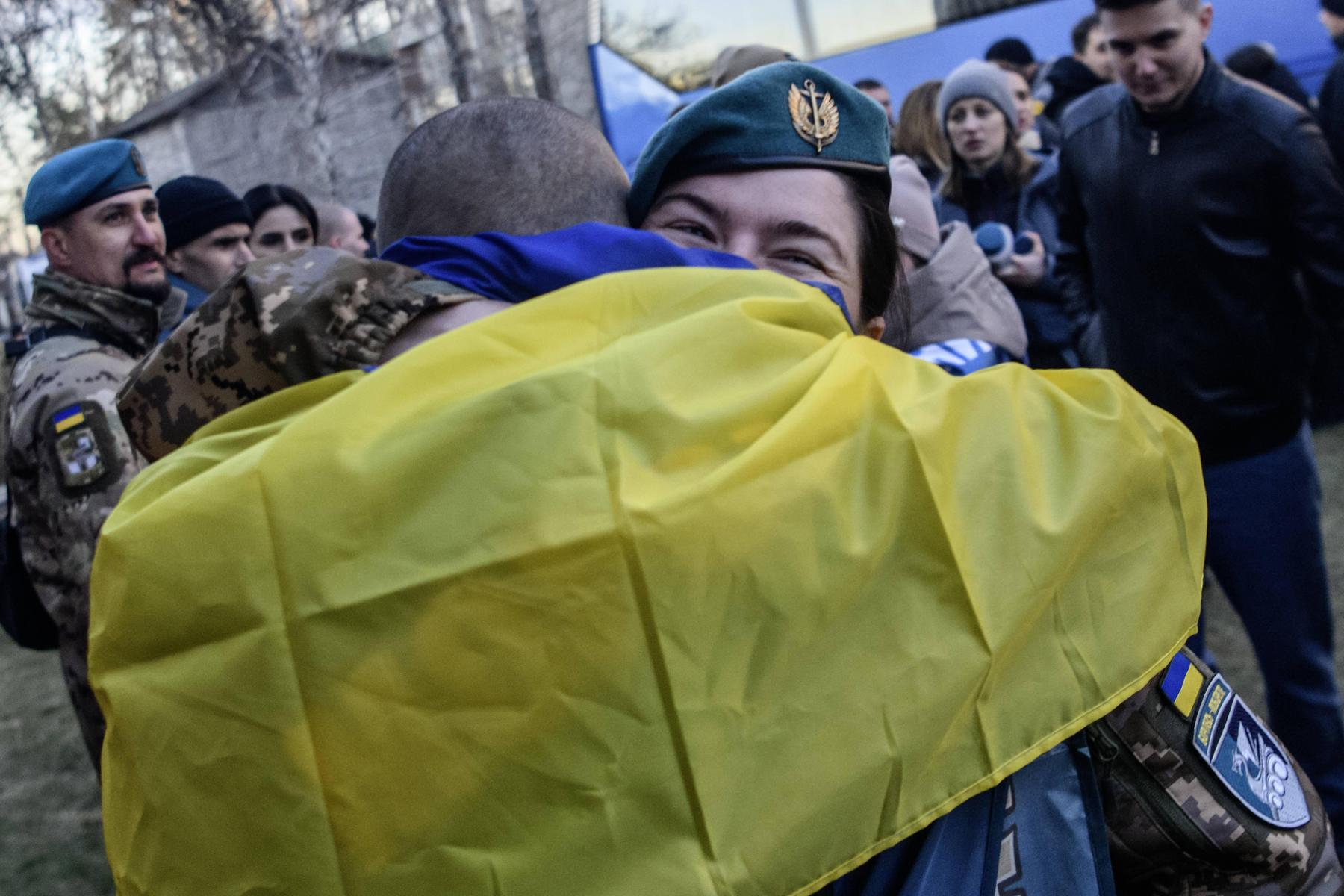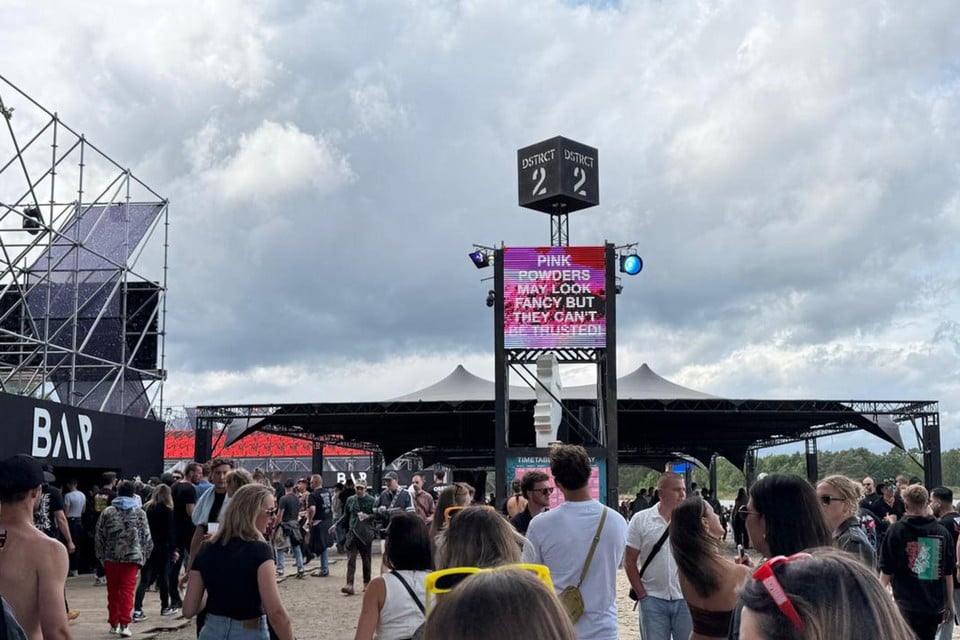In the National Gallery, the highlights of Baroque art in Slovenia
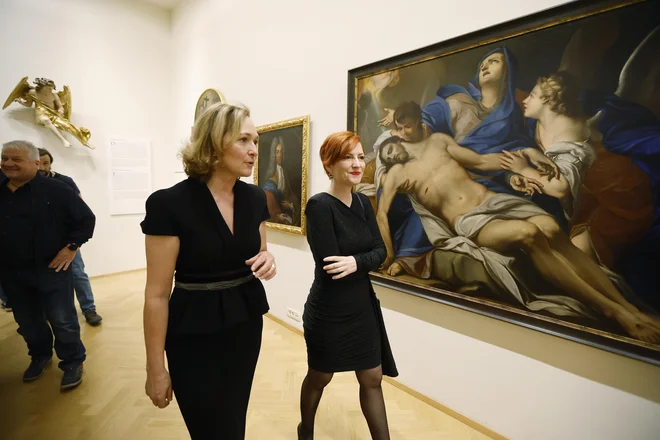
The exhibition was formally opened at the National Gallery Baroque in Slovenia. Painting and sculpture. The exhibition represents the painting and sculptural highlights of the 17th and 18th centuries, from the period of recatolation to the evolution of the Baroque. It brings together about 170 artworks, both from the National Gallery and borrowed collections.
According to the gallery, the Baroque is among those who have marked the image of space of present -day Slovenia among individual stylistic periods. This is a time when a major artistic impetus followed after the Middle Ages. Following the calming of religious struggles and Turkish danger, the path to the flourishing of the lands on the outskirts of the empire opened.
Director of the National Gallery dr. Barbara Jaki with Cultural Minister dr. Asto bag, who is also an art historian. Photo: Leon Vidic/Work
Lively construction activity began in Ljubljana as a result of ambitious art subscriptions. The driving force of this cultural rebirth were noble educators who, with the desire to approach both the court and the nearby and more remote art centers, promoted the development of culture in all areas.

Project manager and co -author of the exhibition dr. Matej Klemenčič from the Department of Art History of the Faculty of Arts in Ljubljana. Photo: Leon Vidic/Work
The authors of the exhibition are dr. Matej Klemencic and dr. Katra Meccathe authors of the introductory texts in the catalog are still dr. Tina Kosak, dr. Friedrich Polleroß, dr. Ferdinand Sherbelj and dr. Polona Vidmar.
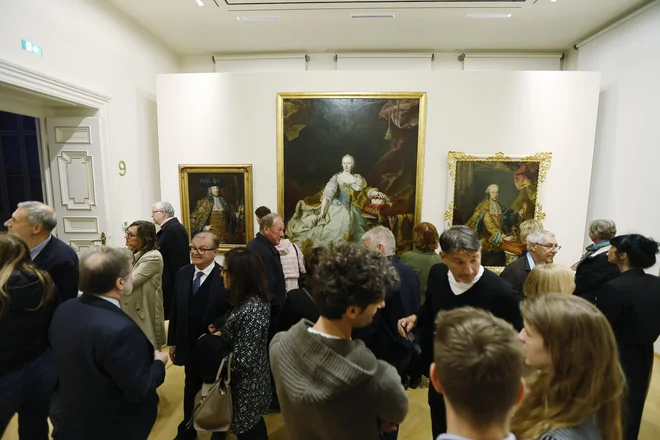
Photo: Leon Vidic/Work
The exhibition presents the highlights of church art – monumental altar paintings and sculptural works, as well as works of art that adorned provincial, urban and private objects.

Photo: Blaž Samec/Work
The mandatory component of the Baroque collections were representative portraits, both ruler and noble, together with ancestors galleries, genre works, still lifes and landscapes. A special place is intended for art, subscription and collecting in Istrian cities, which were part of the Venetian Republic during that time.
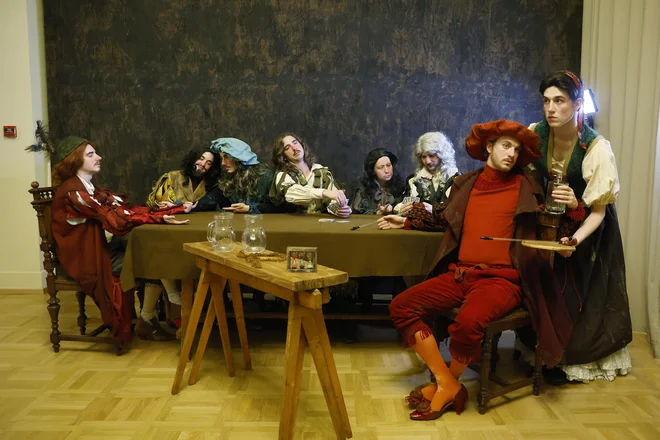
Part of the opening was also a live image erected by AGRFT players. It was created by the famous painting of Quartopirci and painter Almanach. Photo: Leon Vidic/Work
Works renowned masters from a variety of backgrounds
The exhibited works of art are the work of renowned masters who worked in nearby art centers or established themselves in a local environment. They stand out from the Italian area Giulio quaglio from Lombardy, Venetian Francesco Fonttebasso and in Koper born Roman painter Francesco Trevisaniand from Central European and a Swabic sculptor Leonhard KernViennese court painters Martino Altomonte and Martin van Meytens Jr.as well as Johann Lucas Kracker and Kremser Schmidt.
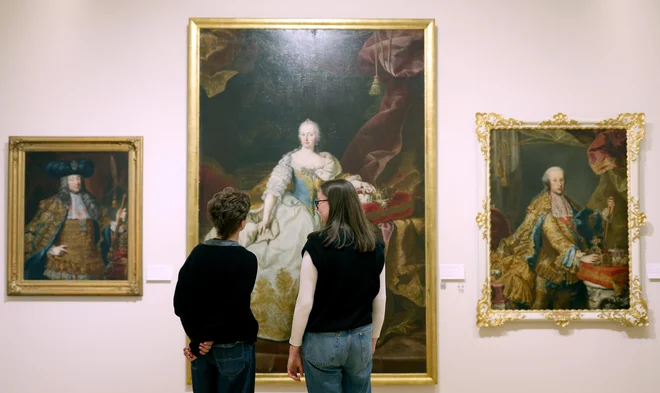
The exhibition of the highlights of Baroque art will be accessible until November. Photo: Blaž Samec/Work
The image of the local Baroque was characterized specifically by painters such as Francis Karl Remb, Franz Ignaz Flurer, Valentin Metzinger, Franc Jelovšek, Fortunat Bergant, Anton Cebe, Franc Michael Strauss and Anton Joseph Lerchingerand among sculptors besides Francesca Robba yet Joseph Straub, Veit Königer and Joseph Holzinger.
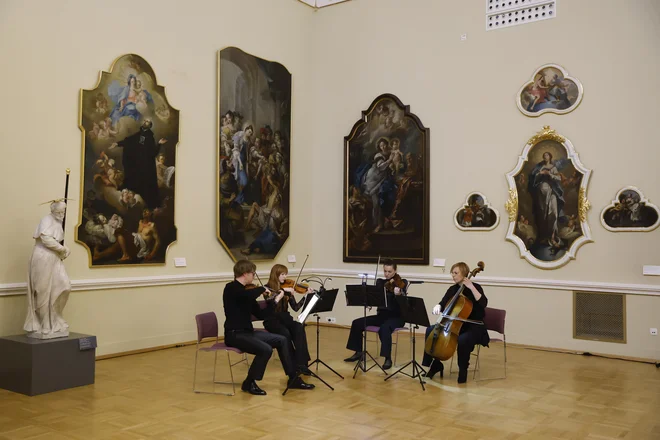
Photo: Leon Vidic/Work
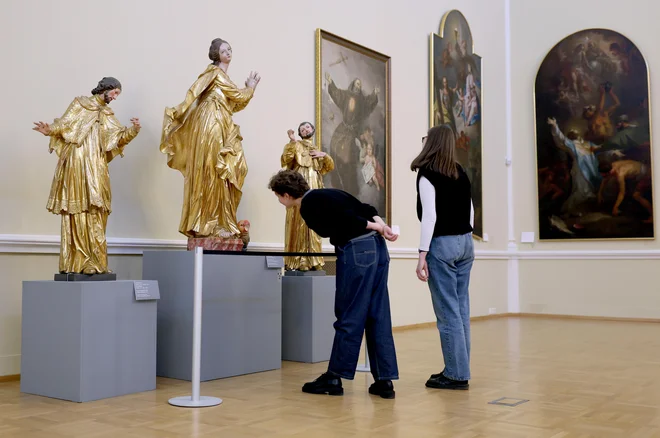
Photo: Blaž Samec/Work

